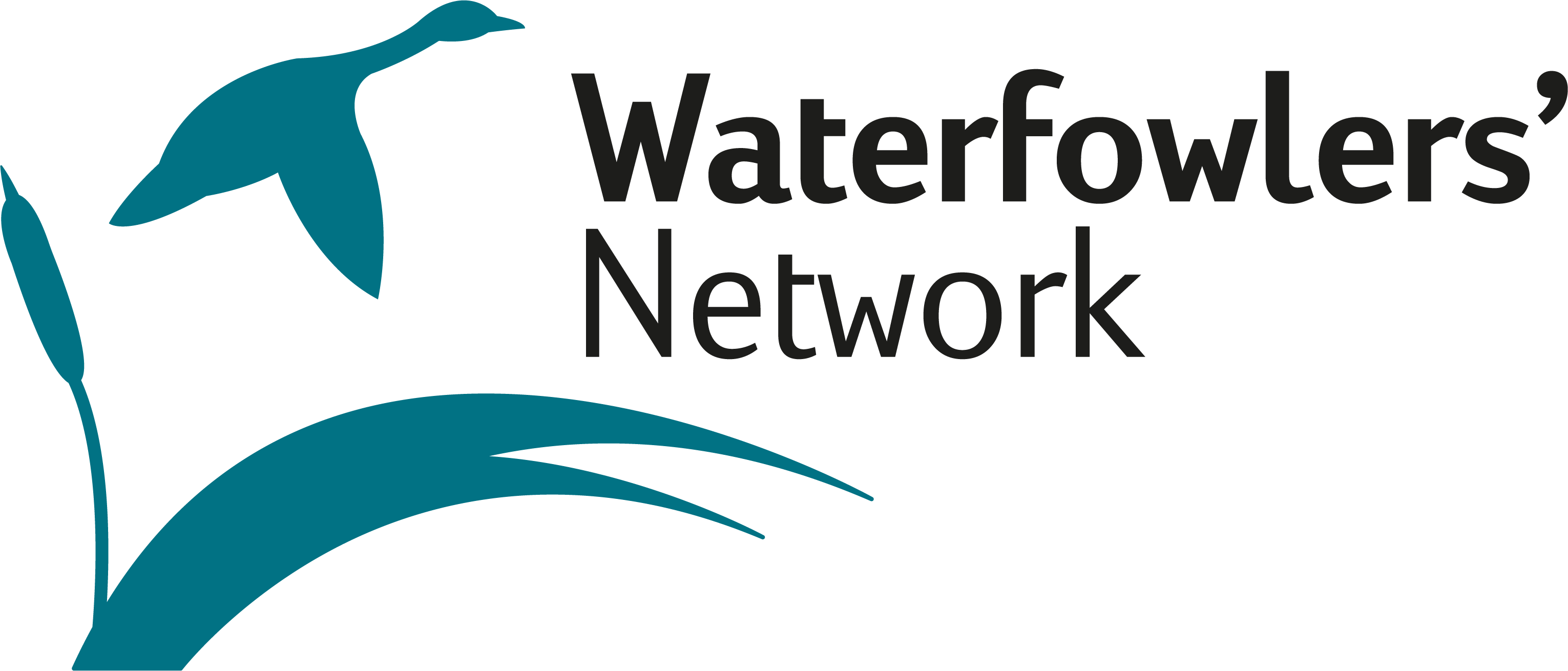Unraveling migration patterns of Finnish Greylag Geese 21st January 2020
To improve the flyway-scale management of Greylag Goose, a new research project on the migration patterns of Finnish breeding birds was launched in 2019. Movements and distribution of geese during the non-breeding season are studied by use of GPS-transmitters.
By Antti Piironen, University of Turku
Photo by Mari Velama
An International Single Species Management Plan for the Northwest/Southwest European Population of Greylag Goose was adopted by the meeting of the parties to the African-Eurasian Migratory Waterbird Agreement (AEWA) in December 2018. However, implementation of the plan, including the development of an adaptive harvest framework, is still to come.
The purpose of the current study is to provide scientific input to improve and develop such flyway-scale management of Greylag Goose. Unlike for other populations in Northwest Europe, movements and non-breeding distribution of Greylag Geese breeding in Finland are very poorly known. This lack of knowledge regarding the population distribution makes it difficult to aim management actions towards the relevant management unit/subpopulation outside the breeding area.
The research is carried out by marking Greylag Geese with GPS-transmitters during the breeding period in Finland, and online information on the birds’ routes and positions is provided to the public. The Finnish Hunters’ Association has supported the project by funding some of the GPS-tags.
You can follow some of the geese funded by the Finnish Hunters' Association here, and some of the geese funded by the Finnish Wildlife Agency here. Marking started in summer 2019 and will continue in 2020.
